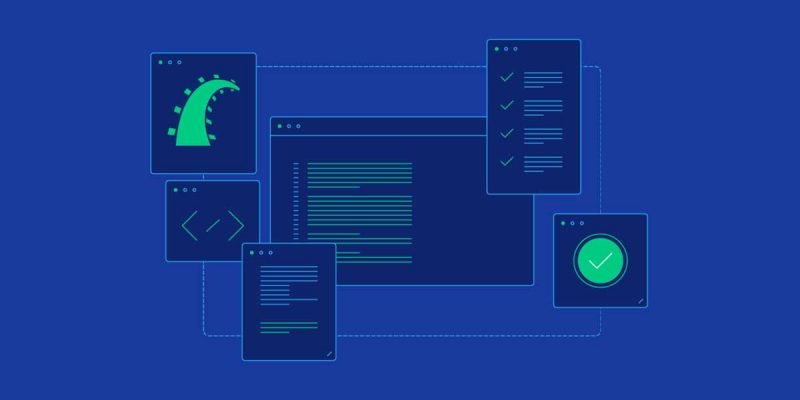We are in a society driven by the knowledge and advancement of technology. If you’re going to develop and maintain software programs, you need to understand what object-oriented programming is.
What is object-oriented programming?
This combines several variables and functions into a unit that is known as an object. Objects are classified, and the objects can be classified individually together. With object-oriented programming (OOP), you will be able to consider the objects within the code of a program and all the actions related to these objects.
With OOP, programmers can develop software in a way that appears like they are dealing with real objects. People with knowledge can do different tasks, but objects can store data or expertise in various fields and use other OOP methods.
According to James Brady, a software developer who helps to provide assignment help in programming languages, OOP is used in standard languages such as C++, Java, PHP, etc. With these languages, the organization and structure of software programs are simplified. When programmers want to develop complex programs, they use Object-Oriented Programming.
In this article, we will be discussing the four basic principles of object-oriented programming.
Basic principles of object-oriented programming
-
Encapsulation
This has to do with different objects in a class being in a private state. Other objects won’t be able to access this state directly. Instead, they will conjure several public functions. These functions allow the objects to manage their condition, and unless they allow other classes, it will be impossible for them to alter it. Communicating with these objects means that programmers have to use the provided methods.
In encapsulation, each program has objects inside them automatically trying to communicate with themselves. To stop these objects from interacting among themselves, you have to encapsulate them in different classes. These classes remain the same during the encapsulation process and have no interaction with an object’s functions and variables.

A typical example is the way a pill contains or encapsulates the medication in its coating. In programming, encapsulation forms a barrier surrounding the information separating it from other parts of the code. Programmers can replicate the object in other programs or within other portions of the program.
-
Abstraction
This is like a combination or addition of encapsulation as it’s able to hide different methods and properties from the outside so that the object’s interface is more straightforward. This process selects data from a vast pool, but it shows only details relevant to the objects. For example, suppose you want to build a dating site, and you’re collecting user information. In that case, some of the data you’ll get will include full name, favorite food, phone numbers, address, tax information, credit score, hobbies, social security number, favorite movie, etc. This is a large amount of data that isn’t all necessary for creating a dating profile. You can use the information that applies to you from this pool, such as full names, hobbies, favorite movies, favorite food, etc. Abstraction is the process of selecting and removing the necessary information from the immense pool of data.
While there are advantages and disadvantages of OOP, programmers have many good reasons to use abstraction. Overall, it isolates the effect of the code changes so that only the variables shown are affected, not the outside code, if things go wrong.
-
Inheritance
Programmers can use the concept of inheritance to extend the existing class functionality to remove repetitive code. For example, an HTML code contains checkbox elements, selects the field, and text boxes have properties with particular methods.
Rather than redefine the methods and properties for all HTML elements, you can use a generic to define them.
Naming an object such as “HTMLElement” means that other objects will inherit the methods and properties to cut unnecessary code. The superclass is the primary object, and other objects that follow this are within the subclasses. The subclasses can add from the superclass while also having separate elements.
-
Polymorphism
Polymorphism means multiple shapes. Here programmers can render several HTML elements based on the object type. This way, programmers can redefine how something works by changing its part of the way it’s done. Standard terms of polymorphism are; get and overloading.
With polymorphism, programmers can use a particular class in the same way as its parents so that it doesn’t create confusion when mixing types. Each subclass makes sure that the methods/functions remain the way they are.
For instance, if there’s a superclass named Mammal with a method called mammal sound. Some of the subclasses will be mammals such as whales, gods, horses, elephants, etc. The different mammals will also have their unique mammal sound iteration.
Conclusion
While the basic concepts of object-oriented programming may appear very complicated, they aren’t. To understand some computer programming basics, you need to understand the general framework guiding the way they work.
Abstract
Object-Oriented programming combines several variables and functions into a unit that is known as an object. Objects are classified, and the objects can be classified individually together. There are four basic principles of object-oriented programming.
- Encapsulation
- Absorption
- Inheritance
- Polymorphism
These concepts may appear complicated and difficult to understand, but they are comfortable and pretty straightforward.


















Comments